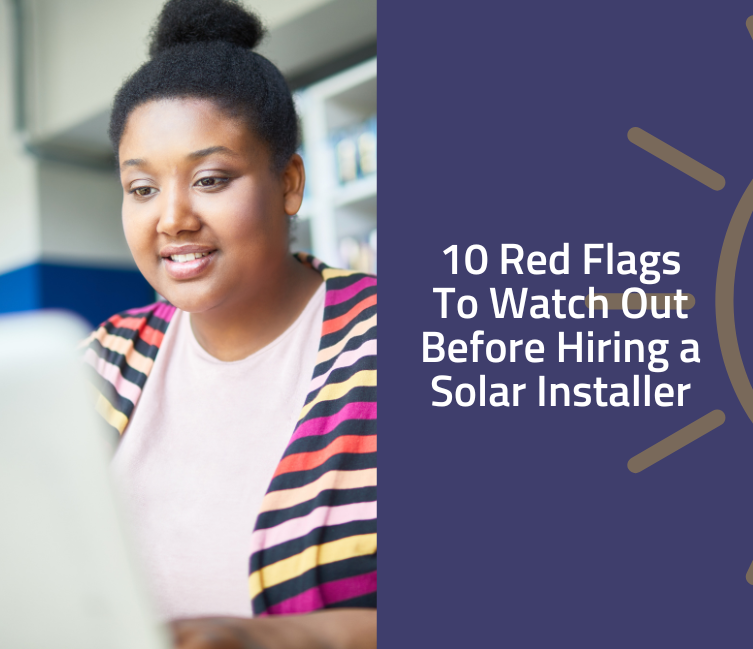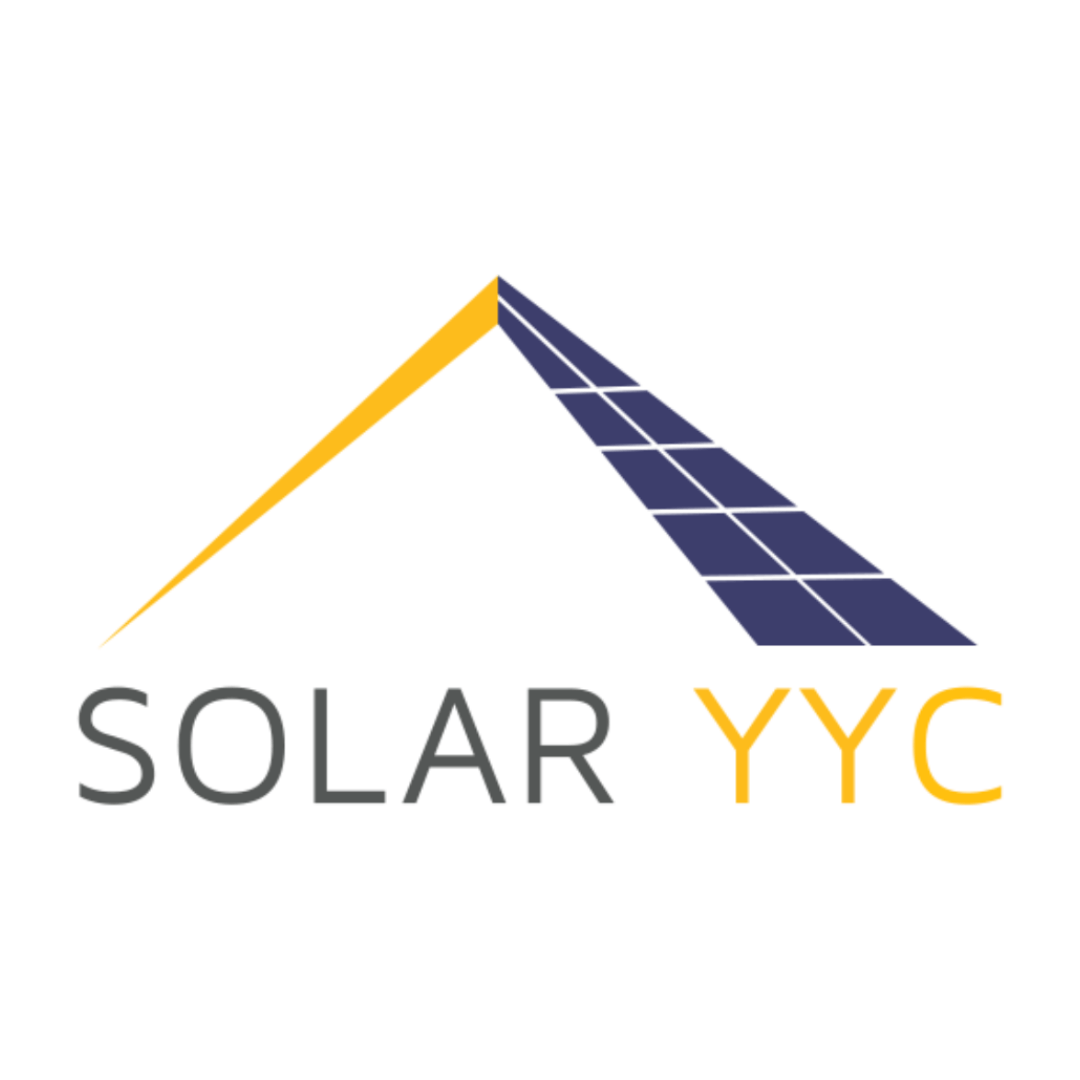Top 5 Solar Energy Trends for 2024 And Beyond
The demand for clean energy sources is gaining more traction as we keep looking for new options to reduce our dependence on fossil fuels. Solar power is at the forefront as a reliable and scalable alternative, which is leading to some interesting solar energy trends. The potential of solar energy has encouraged research, innovation and development of effective ways of taking advantage of sunlight, which combined with increasing utility costs, is leading to the increasing adoption we’re seeing today. Let’s look at the most important trends that will shape solar energy in the near future. 5 Solar Energy Trends That Will Shape the Industry Technological advances, economies of scale, increasing competition and government support have led to a steady decrease in the overall cost of solar panel components. Manufacturers have also improved their production processes, allowing them to produce high-quality solar panels in large quantities with reduced waste. Although the supply chain disruptions caused by the pandemic did slow down the price dropping trend, the industry is back at pre-pandemic levels and seeing new lows in key component prices, like PV cells. Research and development in the solar industry is going strong, especially in new materials to increase solar panels’ efficiency while keeping the costs low. One of the most promising is perovskite, a calcium titanium oxide mineral discovered in the 1800s that has proven to be highly effective at turning sunlight into electricity and has the potential to be more affordable than silicon-based solar cells. The current challenge with perovskite is to stabilize the material, as it degrades within hours of use, making it non-suitable for mainstream use. Researchers are optimistic that these issues will be addressed soon, as they have named perovskite the future of solar. Solar energy storage is a crucial area in the industry that is seeing significant improvement. Not only are batteries becoming more efficient, affordable and long-lasting, but we’re also seeing promising innovations like solid-state batteries that have proven to be safer and more reliable than their gel and liquid counterparts. With better storage solutions, concerns like energy production fluctuations due to weather conditions or dependence on the grid will start to subside, as solar-powered homes and businesses will count on reliable backup when solar panels aren’t working. The movement towards going “off the grid” will continue gaining more interest. The desire for energy independence and the affordability of solar systems has made more homeowners and businesses go solar. As technology continues to evolve and the advantages of energy decentralization become more apparent, it’s likely that a hybrid energy system will emerge, incorporating both centralized and decentralized elements and with micro-generation as its main component. This creates a win-win scenario in which micro-generators lower their utility expenses, while contributing to grid stability and infrastructure savings. Solar energy adoption on a global scale has been steadily growing: Some countries have made significant strides in integrating solar power into their energy mix, while others are still in the early stages of adoption, but the trend remains strong. The continued growth of solar energy will depend on factors such as government support, technological advancements, market dynamics, and public awareness of the benefits of shifting to solar. The Future of Solar Energy Is Bright As technology evolves and supportive policies are implemented, solar energy will play an increasingly relevant role in the global energy landscape, contributing to a more sustainable and resilient future. If you are ready to join the solar energy revolution, book your free consultation to find out how much you can save with solar panels.











